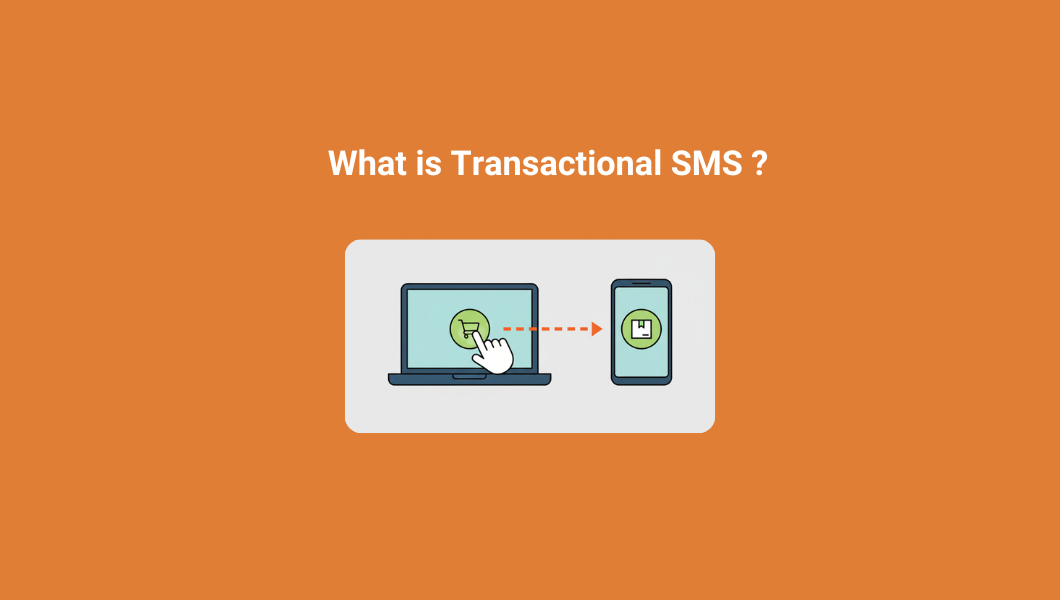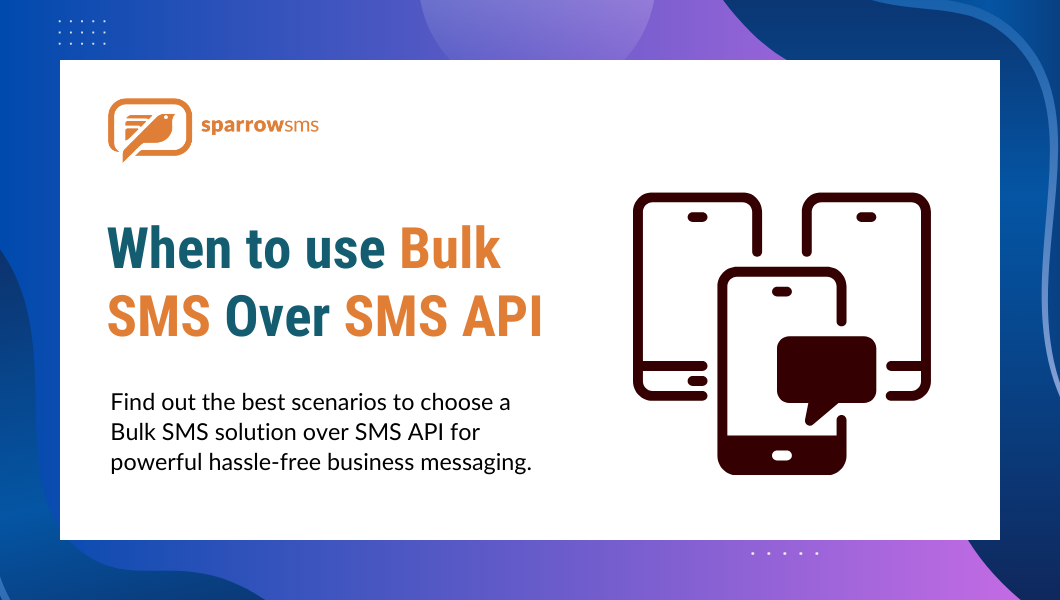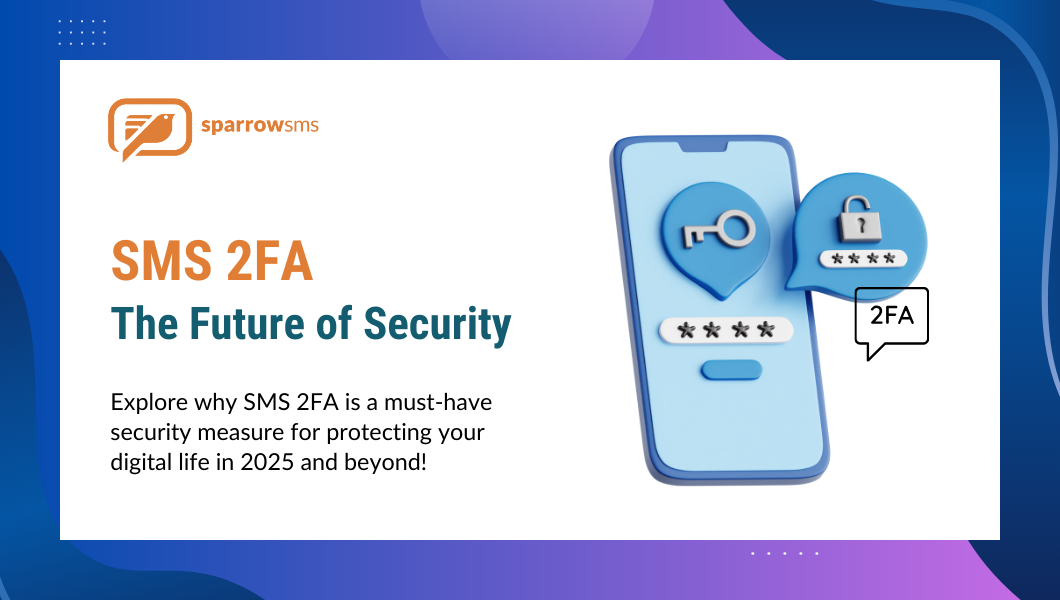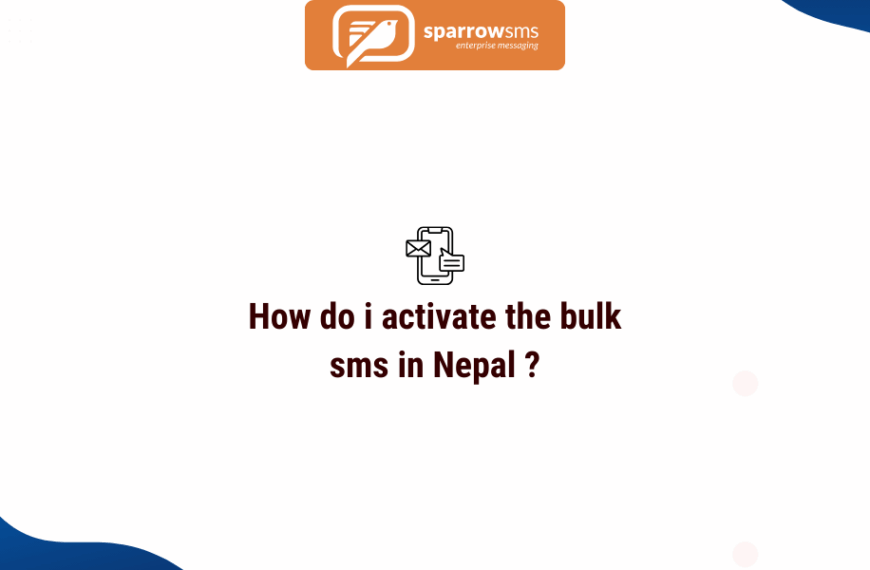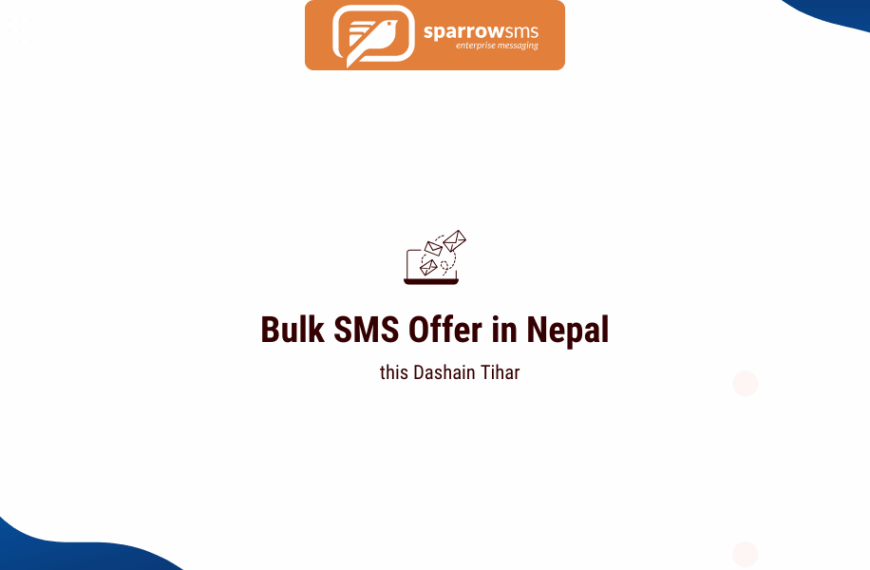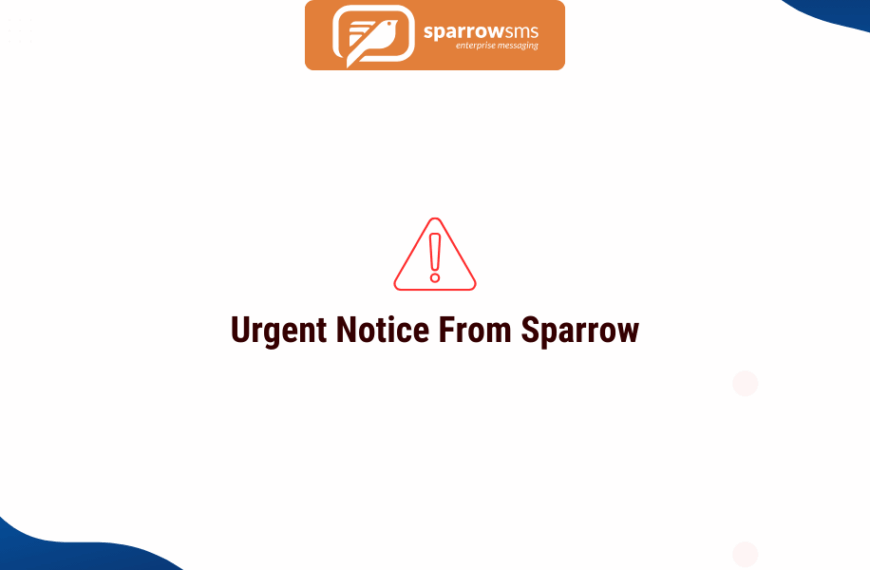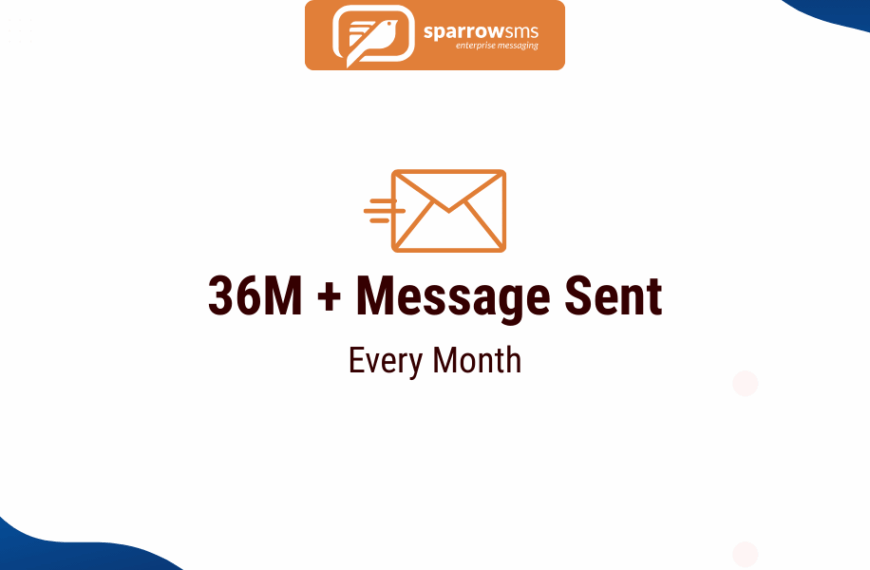A transactional SMS is an automated text message sent to a customer in response to a specific action or event. Unlike promotional messages, its purpose is purely informational. It delivers important, non-promotional updates such as account alerts, one-time passwords (OTPs), order confirmations, or service notifications.
The primary goal of transactional SMS is to provide timely, secure, and dependable communication. This enhances transparency, builds customer trust, and creates a seamless user experience. According to the Mobile Marketing Association, these messages have an open rate of over 98%, making them one of the most effective channels for urgent updates.
What Are the Main Types of Transactional SMS?
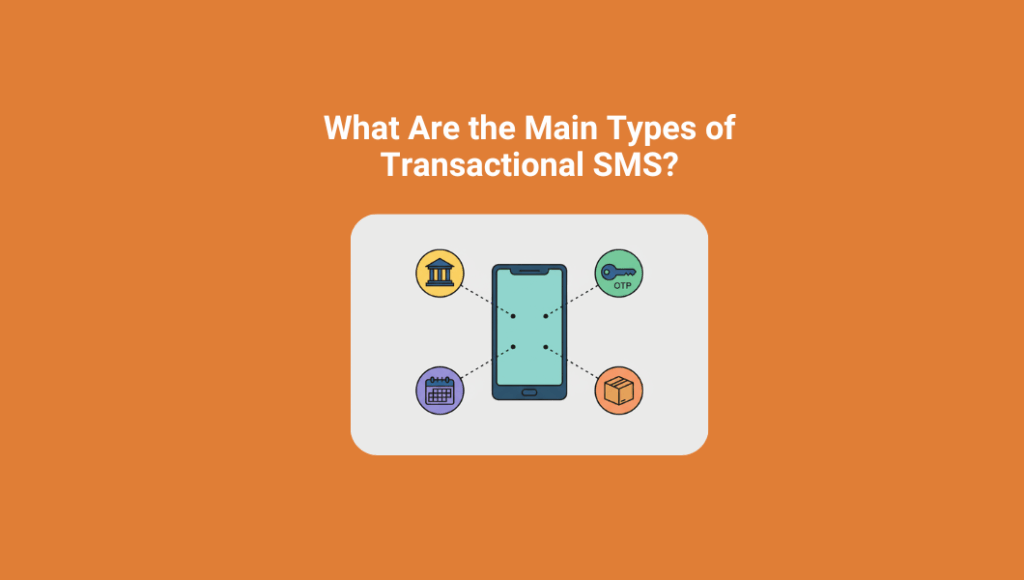
Transactional messages are triggered by specific user actions and serve various functions across different industries. Each type is designed to deliver a specific piece of critical information instantly.
The logistics sector, for instance, has seen a 30% decrease in customer support queries after adopting transactional SMS for order and delivery updates, highlighting their efficiency.
Here are the most common types:
| Type | Purpose | Examples | Used By |
| Account Alerts | Notify customers about account-related activities | Deposit/withdrawal confirmations, balance updates, loan EMI reminders | Banks, fintech platforms |
| Payment & Billing | Inform customers about transactions or bills | Electricity bill receipts, payment due reminders | Utility companies, telecom |
| Order & Delivery | Keep customers informed about their purchases | Order confirmations, shipment tracking, delivery notifications | E-commerce, retail |
| OTP & Security | Authenticate user identity or authorize actions | OTPs for login, transaction approvals, password resets | Banks, online services |
| Appointments | Remind or confirm scheduled activities | Doctor appointments, service bookings, meeting reminders | Hospitals, salons, schools |
| Travel & Ticketing | Provide updates on bookings and travel | Flight confirmations, ticket issuance, check-in alerts | Airlines, travel agencies |
What is the Primary Goal of Transactional SMS?
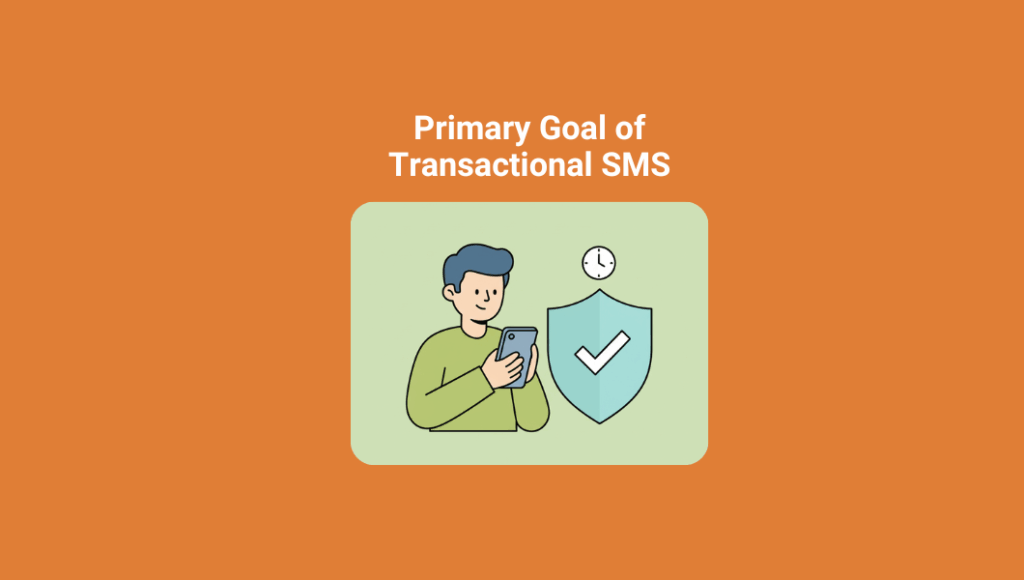
The core goal of Transactional SMS is to deliver timely, automated, and secure information to customers. These messages are not about selling; they are about serving. They ensure transparency by instantly notifying users about critical actions like payments, bookings, or account activities.
This direct line of communication is crucial for building confidence. A survey by Gartner shows that 82% of consumers feel more confident in digital services when they receive immediate automated notifications after a transaction. By providing instant validation, businesses can significantly improve customer trust and reduce anxiety.
How Do Different Industries Use Transactional SMS?
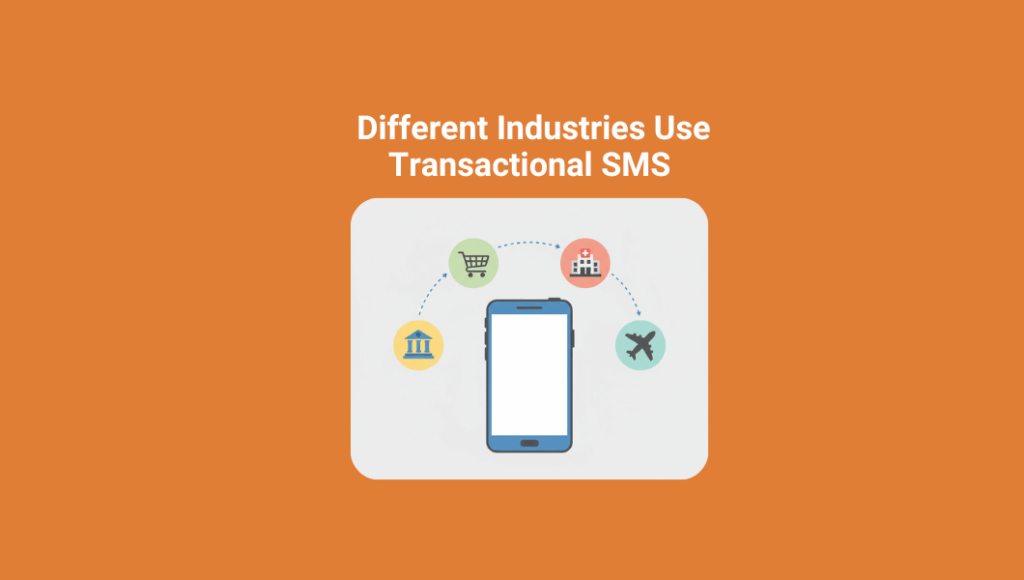
The versatility of transactional SMS allows it to be adapted across numerous sectors. Here are some key use cases:
- Banking and Financial Institutions: Banks like Nabil Bank and NIC Asia use SMS for real-time account alerts and OTPs. This practice has been instrumental in Nepal’s banking sector, contributing to a 25% reduction in fraud cases between 2022 and 2024.
- E-commerce and Online Stores: Platforms like Daraz send order confirmations and delivery updates. This has led to a reported 15% increase in customer satisfaction scores by keeping shoppers informed.
- Cooperatives and Microfinance: These institutions use SMS to inform members about deposits, withdrawals, and loan schedules, which is vital in areas with limited internet access.
- Telecommunication Companies: Providers like Ncell and Nepal Telecom send recharge confirmations and data pack alerts, which has helped cut call center volumes by an estimated 35% globally.
- Educational Institutions: Schools and colleges communicate fee confirmations, exam schedules, and attendance records to parents and students.
- Healthcare and Hospitals: Hospitals such as Norvic and Mediciti confirm appointments and share lab result notifications via SMS, streamlining patient communication.
- Government and Municipal Bodies: Government offices send tax payment confirmations and public service alerts to enhance transparency and citizen engagement.
- Travel and Airlines: Airlines like Buddha Air and Yeti Airlines use SMS to confirm bookings and notify passengers of flight delays, improving the travel experience.
- Utility and Service Providers: Companies like the Nepal Electricity Authority (NEA) send billing information and payment reminders to ensure timely payments.
What are Some Examples of Transactional Messages?

Transactional messages are concise, direct, and factual. Their value lies in the critical information they contain.
Here are a few common examples:
- Banking Alert: “Your account ending 1234 has been credited with NPR 15,000 on Nov 4. Available balance: NPR 50,000.”
- Payment Confirmation: “Your electricity bill of NPR 2,500 has been successfully paid. Thank you!”
- OTP Verification: “Your OTP for login is 783245. Do not share this with anyone.”
- Order Update: “Your Daraz order #5678 has been shipped and will be delivered by Nov 6.”
- Appointment Reminder: “Your appointment with Norvic Hospital is confirmed for Nov 5 at 10:00 AM.”
What is the Difference Between Transactional and Promotional SMS?

Understanding the distinction between transactional and promotional SMS is crucial for compliance and effective communication. While transactional SMS is informational and triggered by user action, promotional SMS is marketing-focused and sent to a broad audience.
| Aspect | Transactional SMS | Promotional SMS |
| Purpose | Deliver important, non-promotional updates | Promote products, services, or offers |
| Content | Account alerts, OTPs, order updates | Discounts, special offers, campaigns |
| Trigger | Triggered by a customer action or event | Sent proactively for marketing purposes |
| Urgency | High – must reach the recipient promptly | Medium – persuasive rather than critical |
| Regulation | Often allowed 24/7 | Restricted timing (e.g., daytime only) |
How Much Does It Cost to Send Transactional SMS?
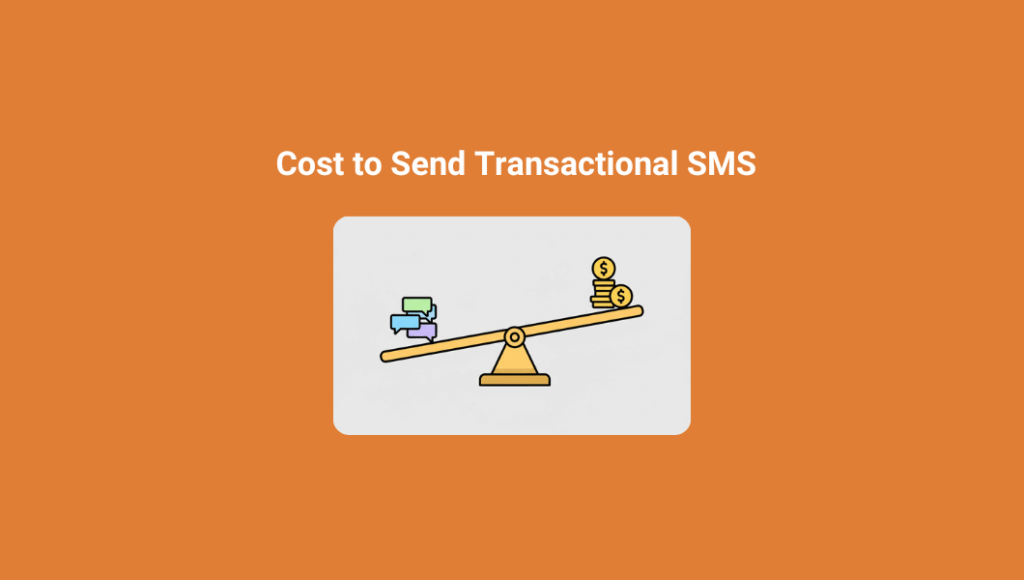
The cost of sending transactional SMS typically depends on the volume and frequency of the messages you send. Globally, the average cost per 160-character SMS ranges from Rs 1 to Rs 2 . For precise pricing, it is best to contact a reliable bulk SMS service provider who can offer a plan tailored to your business needs.
How Can You Start Sending Transactional SMS?

To start sending automated transactional messages, you need to integrate an SMS API into your existing system, application, or website. This allows your platform to automatically trigger and send messages based on specific user actions. The process is generally straightforward with most providers. If you choose to work with Sparrow SMS, for example, you can visit our website or call 9802005007 to get started. Our team will guide you through the setup and integration process to ensure a smooth launch. The use of SMS APIs for automation has increased by over 40% year-over-year, as businesses recognize its impact on operational efficiency and customer experience.

